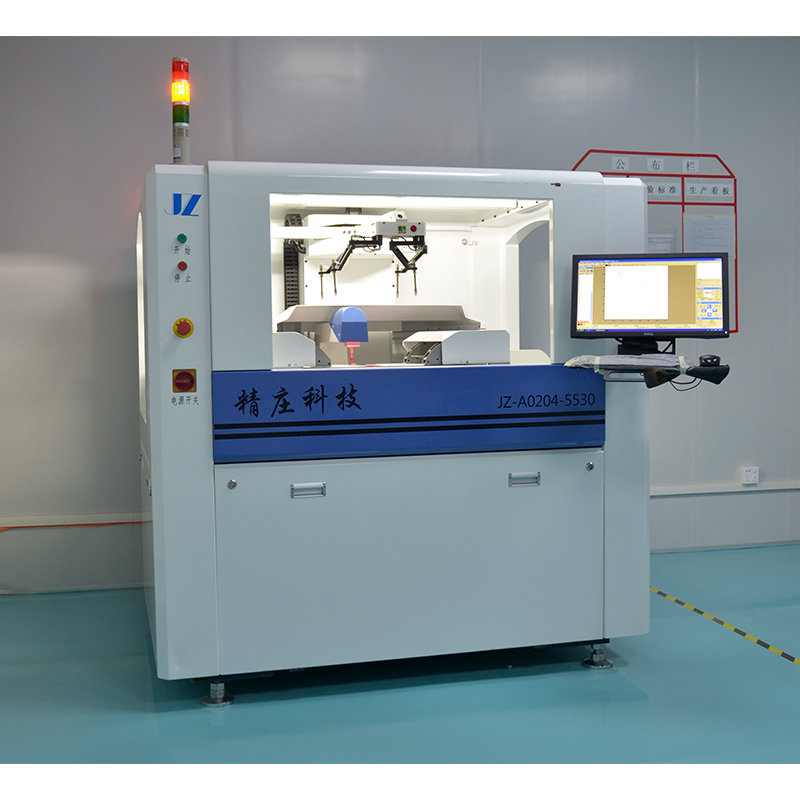In this blog post, we will explore some common design challenges engineers face when working with HDI rigid-flex PCBs and discuss possible solutions to overcome these challenges.
Using high-density interconnect (HDI) rigid-flex PCBs can present some design challenges that can impact the overall performance and reliability of the electronic device. These challenges arise due to the complexity of rigid and flexible PCB material combinations, as well as the high density of components and interconnects.
1. Miniaturization and component layout
One of the major design challenges for HDI rigid-flex PCBs is achieving miniaturization while ensuring correct component placement. Miniaturization is a common trend in electronic devices, with manufacturers striving to make electronic devices smaller and more compact. However, this poses significant challenges in placing components on the PCB and maintaining the required clearance.
solution:
To overcome this challenge, designers need to carefully plan component placement and optimize routing paths. Use advanced CAD tools to help accurately position components and ensure clearance requirements are met. Additionally, using smaller, denser components can further aid miniaturization without compromising overall functionality.
2. Signal integrity and crosstalk
HDI rigid-flex PCBs often have multiple layers, making it critical to address signal integrity issues such as crosstalk, impedance mismatch, and noise. These problems can cause signal attenuation or interference, which can greatly affect the overall performance of the device.
solution:
Designers can mitigate signal integrity issues by employing techniques such as controlled impedance routing, differential signaling, and proper ground plane layout. Signal integrity simulation software can also be used to analyze and optimize signal paths to identify any potential issues before manufacturing. By carefully considering signal routing and using appropriate EMI shielding techniques, designers can ensure signal integrity and minimize crosstalk.
3. Transition from flexibility to rigidity
The transition between the flexible and rigid portions of a PCB can create challenges for mechanical reliability and electrical connections. The flexible to rigid transition area requires careful design to prevent any stress concentrations or mechanical failure.
solution:
Proper planning of the flexible-to-rigid transition area is crucial to ensure a reliable and stable electrical connection. Designers should allow for smooth and gradual transitions in the design layout and avoid sharp angles or sudden changes in direction. Using flexible connector materials and stiffeners also helps reduce stress concentrations and improves mechanical reliability.
4. Thermal management
Managing heat dissipation is an important aspect of HDI rigid-flex PCB design. The compact nature of these PCBs results in increased heat density, which affects the performance and longevity of electronic components.
solution:
Thermal management techniques, such as the use of heat sinks, thermal vents, and careful component placement, can help dissipate heat efficiently. Additionally, designers should consider implementing appropriate airflow and cooling mechanisms throughout the device architecture to ensure adequate heat dissipation.
5. Manufacturing and Assembly
The manufacturing and assembly process for HDI rigid-flex PCBs can be more complex than traditional PCBs. Complex designs and multiple layers present assembly challenges, and any errors in the manufacturing process can lead to defects or failures.
solution:
Collaboration between designers and manufacturers is crucial to ensuring a smooth production process. Designers should work closely with manufacturing experts to optimize the design for manufacturability, taking into account factors such as panelization, component availability, and assembly capabilities. Prototyping and thorough testing before series production can help identify any issues and improve the design for optimal performance and quality.
In summary
Using HDI rigid-flex PCBs presents unique design challenges that need to be carefully addressed to ensure reliable and high-performance electronic devices. By considering factors such as miniaturization, signal integrity, flexible-to-rigid transition, thermal management, and manufacturability, designers can overcome these challenges and deliver efficient and robust products.
Post time: Oct-05-2023
Back







